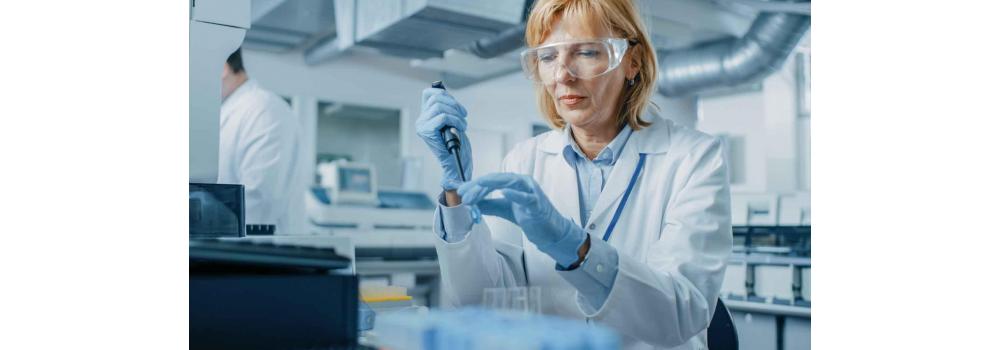United States Pharmacopeia standards play an important role in keeping staff safe and facilities in compliance. USP publishes general chapters regarding production and handling of various compounds in order to protect and improve health. We sometimes get questions from labs using OneVue Sense ™ about our compliance with these important standards.
While we encourage our users to whom these chapters apply to read them carefully, there are some general notes we can provide!
For more information about how we measure up with other USP standards, check out this blog on USP <797> and this blog on USP <800>.
USP 795: Nonsterile Preparations
The OneVue Sense Indoor Air Quality Monitoring solution measures ambient temperature and humidity. Whether you’re monitoring personnel wearing the “required garb,” storage spaces, or labs for defining expiration dates, our system measures ambient temperature within 1.0 degree Fahrenheit between 23 to 122 degrees Fahrenheit (and within 0.5 degree Celsius between 0 to 50 degrees Celsius). Humidity is accurate to 3% in the 20%–80% relative humidity range.
Given that personal comfort and best practices for storage are within those ranges, our automated monitoring solution's alerts are fully functional to let you know if a space goes out of your specified range for temperature or humidity, so you can intervene accordingly. Sites also have one-click access to historical reports of logged readings to demonstrate compliance via the web-based OneVue® software platform.
Calibration
Naturally, you will want to know your monitoring system remains accurate over time. The Centers for Disease Control and Prevention Vaccine Storage and Handling Toolkit (v2019, page 10) notes that temperature monitoring devices “can experience ‘drift’ over time, affecting their accuracy” as an explanation as to why “calibration testing should be done every one-to-two years or according to the manufacturer’s suggested timeline.”
OneVue Sense remains remarkably stable over time. The typical value for the humidity sensing element’s operation in normal RH/T operating range (20%–80%RH) is < 0.25. Maximum values are < 0.5 %RH/yr. Factors driving toward higher drift are environments with vaporized solvents, out-gassing tapes, adhesives, packaging materials, etc.
Assuming our worst-case drift of 0.5% RH/year, it would take 3 years of drift in a consistent direction to be an additional 1.5% out of our stated accuracy performance. Given those conservative estimates, if a device element was 3% RH low upon install and continued to drift low at a maximum of 0.5% RH for 3 years, we would still remain accurate to within 4.5% at the end of 3 years. The chances of all those factors happening in one device are so low as to negligible. But to avoid any doubt with auditors, sites can select one of our OneVue Sense Service and Support Plans for hardware assurance.
Note that if nonpreserved aqueous dosage forms are stored in refrigerators, Primex OneVue Sense Temperature monitoring technology can monitor them. CertiTrak probes show an accuracy within 1.0 degree Fahrenheit from -40 to -221 degrees Fahrenheit (and within 0.5 degree Celsius between -40 and -105 degrees Celsius).
A Boost to Safety and Compliance
As we have outlined here, our OneVue Sense tools match or exceed the compliance requirements and recommendations spelled out in USP <795>.
This blog post was written by The Primex Healthcare Product Manager, Katie McMillan
